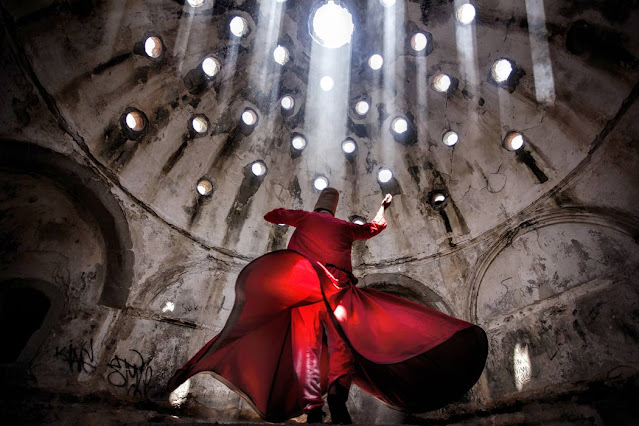The History Of Cappadocia's Fairy Chimneys
Every sunset, the colour of the renowned "fairy chimneys" of Cappadocia, a bizarre landscape of sculpted tall rock formations, changes. However, how did these unusual natural growths appear? We examine the history of Turkey's most impressive rocks. If you still don't know how to apply for a turkey visa online, you can visit our website and connect with our visa experts.
A geological process that started millions of years ago gave rise to the rock formations that have made Cappadocia one of Turkey's most well-known tourist sites. The vicinity was covered in a thick layer of ash from ancient volcanic eruptions, which later hardened into a soft rock known as "tuff." The "fairy chimneys" that are visible today, reaching up to 130 feet into the sky, were formed when the natural forces of wind and water (erosion) finished their work.
However, Cappadocia's magnificent appearance was also a result of human creativity. Persecuted Christians fled to Cappadocia during the Roman era, specifically to the town of Göreme, where they quickly discovered that tuff was a sound, malleable material. The locals started creating a network of hand-dug caves, dwellings, churches, stables, and storage areas; all carved out of the soft rock. The honeycomb structure network of hand-built rock still contains reminders of previous forms:
- Animal-tethering handles on the stables.
- Ventilation holes in the walls.
- Blackened walls that initially served as the cooks.
Additionally, underground towns had to be constructed because it was possible that hostile forces would find their haven. These underground cities, which were almost ten stories deep and connected by small passages, could hide up to 10,000 people at once. Large rolling stone doors were installed to guard entrances, and ventilation shafts were covered up to seem like wells.
Due to the stunning frescoes that have endured the test of time, the churches of Göreme are equally deserving of consideration. The Dark Church in Göreme, a monastic complex constructed in the 11th century, is among the best examples. Its walls are filled with vivid and elaborate New Testament scenes and are remarkably well preserved.
Cappadocia's remarkable carved rocks, formerly used as a haven, are now a popular tourist attraction where guests can take hot air balloon excursions to get a bird's-eye view of this UNESCO World Heritage Site. Additionally, a few cave homes have been turned into boutique hotels, where the cave rooms provide comfort with warm fireplaces and stunning views.
If you want to explore these steep valleys and
natural rock formations, apply for a turkey
e visa online and book a group or solo trip immediately.






Comments
Post a Comment